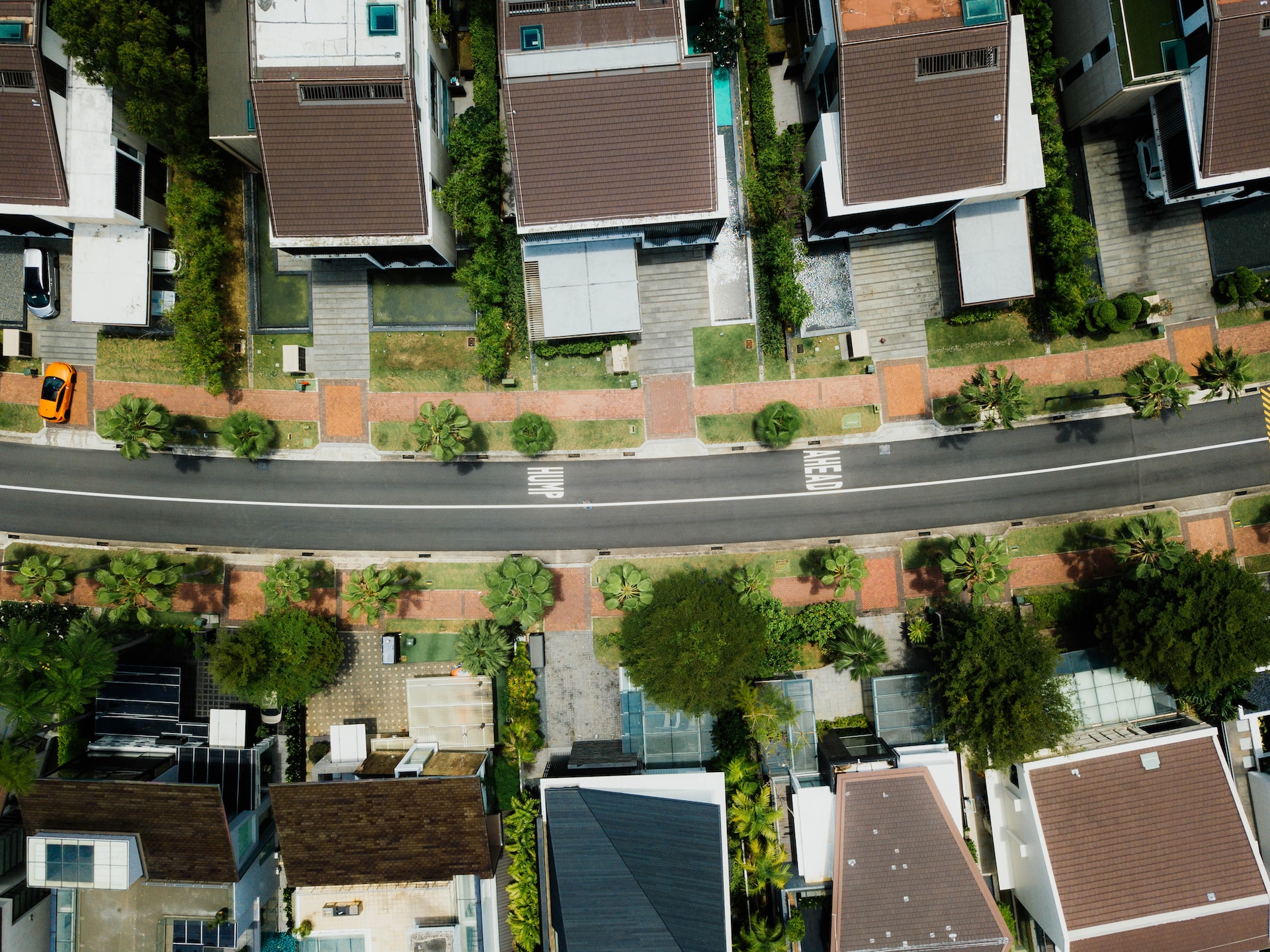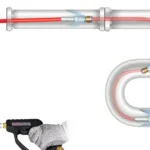Having an energy-efficient home is not only good for the environment but it can also save you money in the long run. One of the most important aspects to consider when looking at ways to make your home more energy efficient is roof design. With proper roof design, you can reduce your monthly heating and cooling bills while also making sure that your home stays comfortable all year round. In this article, we will discuss how proper roof design enhances energy efficiency in your home and provide tips on how to get started with a new or existing structure.
Insulation
One of the key aspects of proper roof design is insulation. By making sure that your attic and roof are properly insulated, you can prevent heat from escaping during winter months and keep hot air out during summer months. Insulation helps to regulate temperatures inside your home, keeping it comfortable all year round without having to use more energy than necessary. Also, properly insulating your roof and attic can also reduce the risk of water damage, mold growth, and other costly repairs. When you have a dry and well-protected home, you’ll save money on energy bills while also ensuring the integrity of your property.
Orientation
The orientation of your roof is another important factor when it comes to energy efficiency. South-facing roofs are the most efficient for capturing solar energy, so if you’re looking to install a new roof, make sure that it is oriented correctly. Namely, having a lighter-colored roof can also help to keep your home cooler during summer months by reflecting the sun’s rays away from the house.
Flat Roof Materials
Another important factor to consider when designing a roof for energy efficiency is the type of material used for your flat roof. Depending on the climate of your area, certain materials may be more effective than others at regulating temperatures and keeping moisture out. When looking for the best flat roof materials options, you should know that asphalt shingles are often used because they’re affordable, but other materials such as metal roofs and foam-based options may be better suited for more extreme climates. You want to make sure that you use materials that are durable and energy-efficient for the best results and to ensure that your roof lasts for many years.

Ventilation
Ventilation is another key factor to consider when designing your roof for energy efficiency. Proper ventilation helps reduce air moisture, which can lead to mold and mildew growth. It also prevents heat from becoming trapped in the attic during summer months, helping regulate temperatures inside your home. Proper ventilation can help reduce cooling costs in the summer by allowing hot air to escape and cooler air to enter.
Slope
The angle of your roof can impact its energy efficiency. A roof that is steeply sloped can help drain rainwater faster and decrease the likelihood of water damage. It can also improve insulation capabilities. Plus, a steeply sloped roof can enhance the look of your home and increase its value.
On the other hand, a roof that is too flat can trap heat and cause water to pool on the surface. It is also not as aesthetically pleasing.
Overall, proper roof design is essential for enhancing energy efficiency in your home. From insulation to orientation and material selection, there are many factors that can help you create an efficient roof structure that will keep your house comfortable all year round while also saving money on heating and cooling bills. It’s important to consider the climate of your area when selecting materials as well as making sure that ventilation is adequate so heat doesn’t become trapped inside the attic during summer months. Additionally, choosing a slope angle that isn’t too flat or steep can improve drainage capabilities and enhance aesthetics simultaneously. With these tips in mind, you should be able to make informed decisions about designing an energy-efficient roof for your home!






